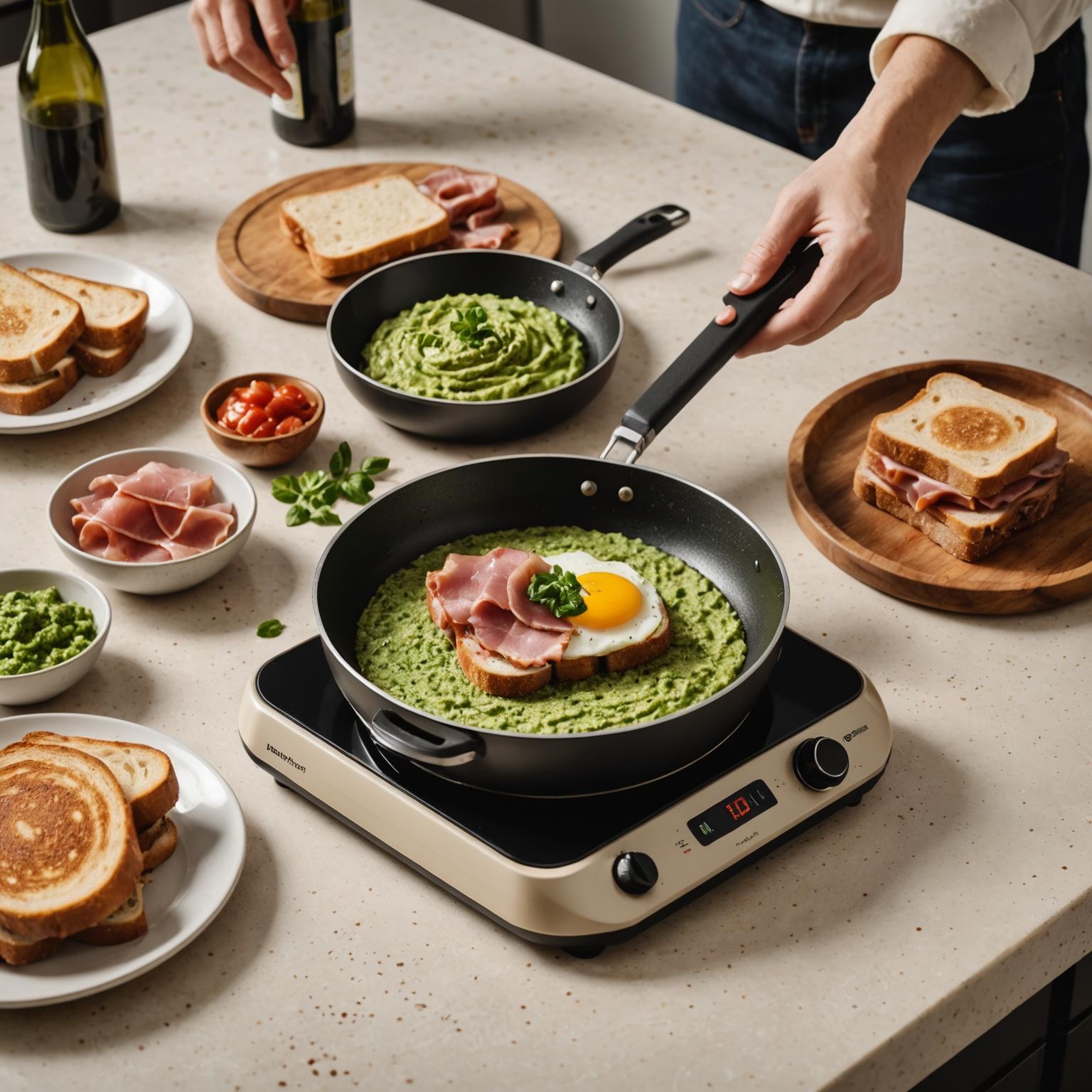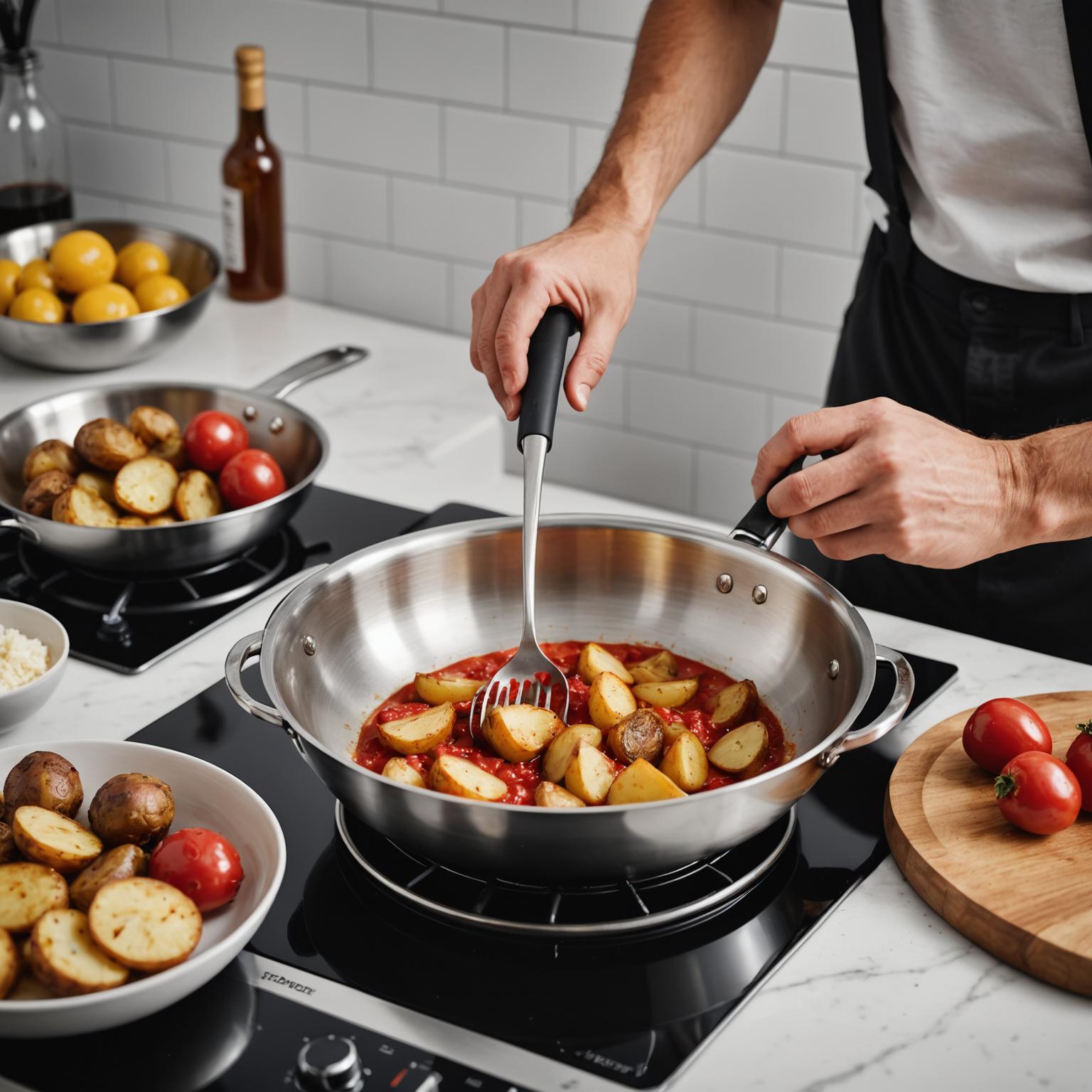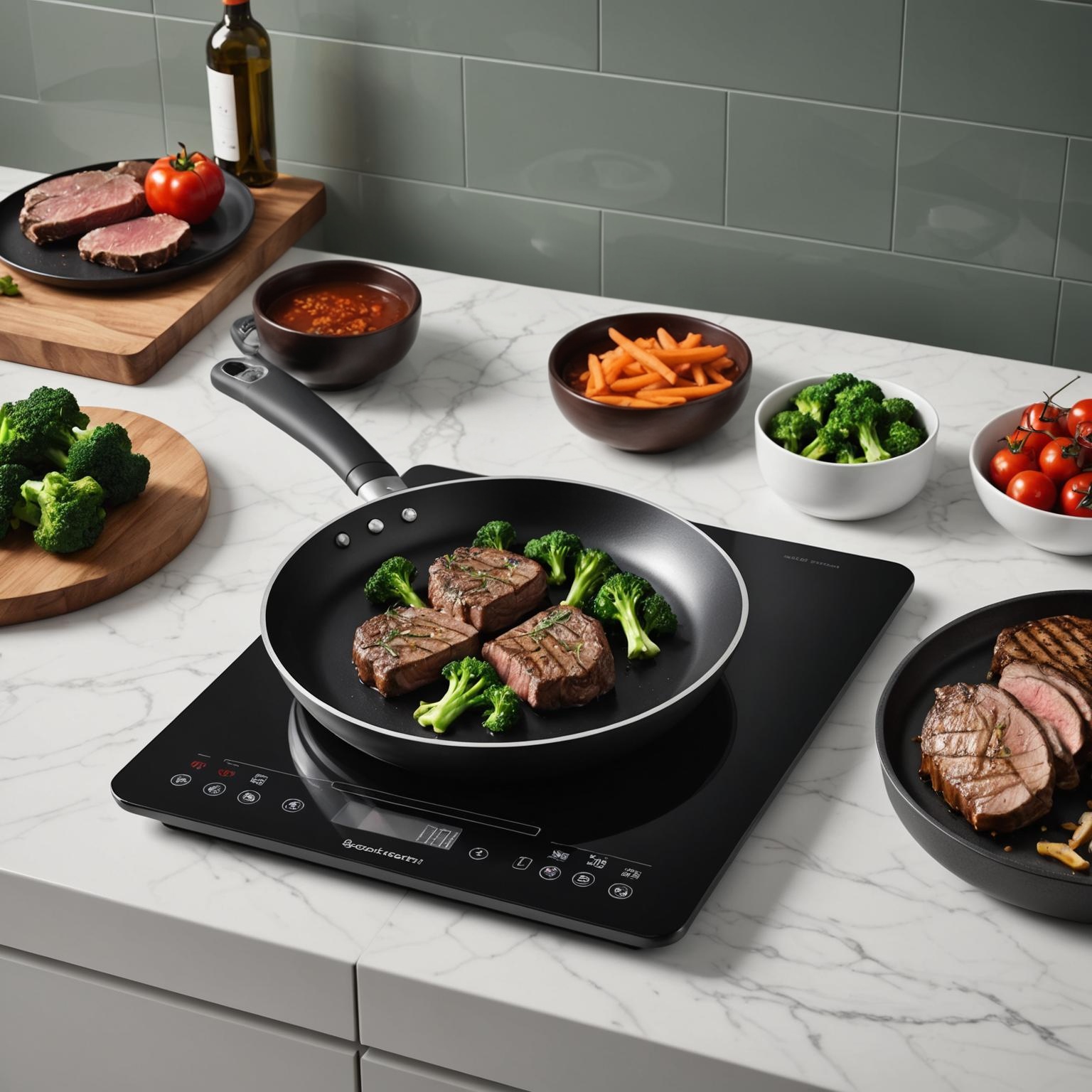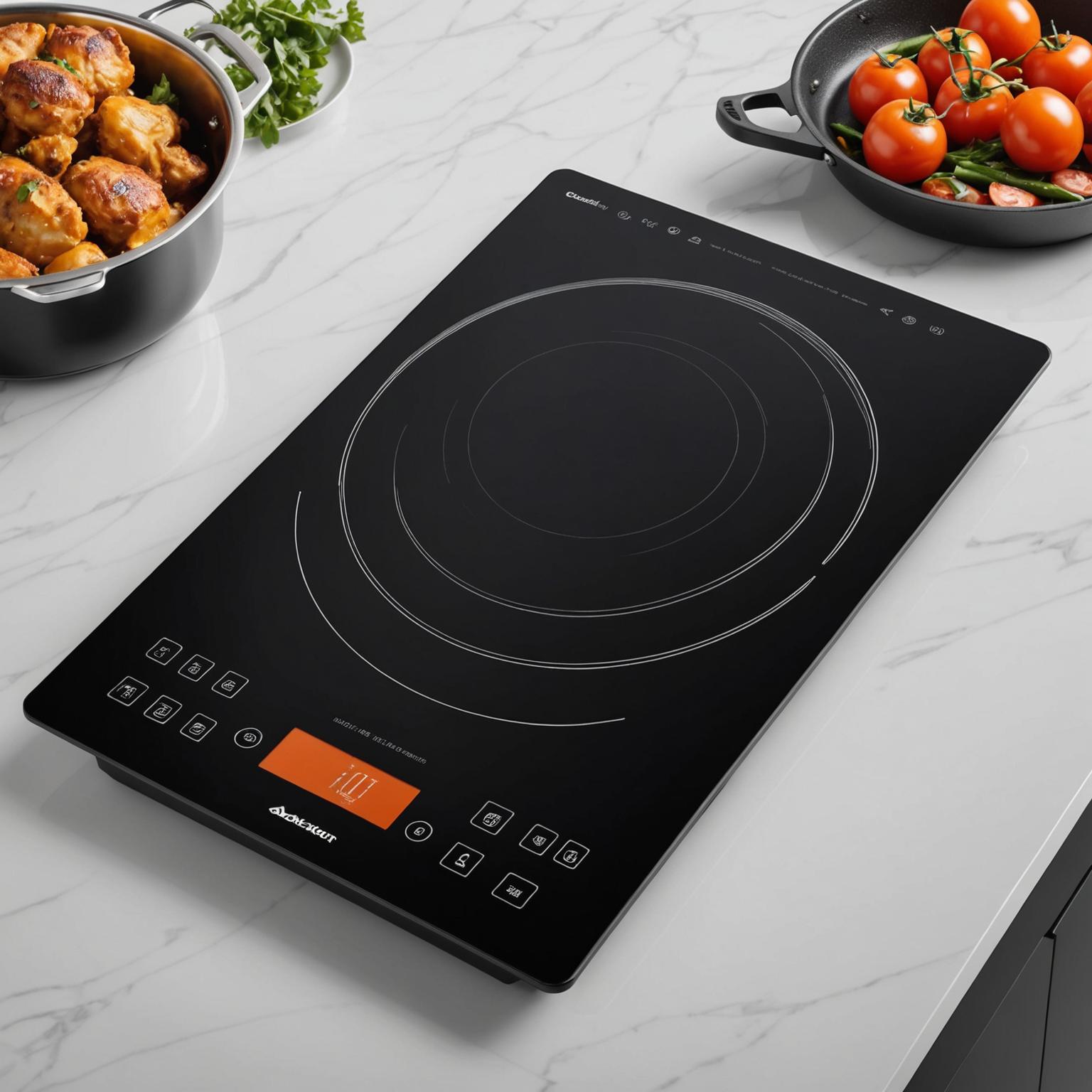There is nothing more frustrating for a home cook than a stove that suddenly stops working. When a burner fails to heat up, the immediate thought is often to look for ceramic stove replacement parts to fix the issue. Understanding the components of your appliance is the first step toward a successful repair and getting your kitchen back in working order. This guide will walk you through the essential information you need to know about different heating elements, their benefits, and how to decide whether a simple part replacement or a full upgrade is the right choice for you.
Understanding Different Electric Cooking Elements
Before you can diagnose a problem, it’s helpful to know what kind of cooktop you have. The term electric cooking elements covers a few different technologies. Many common glass-top stoves use a radiant ceramic heating element, which consists of a metal ribbon or coil that glows red-hot beneath the ceramic glass surface. A more advanced and increasingly popular option is the induction stove element. Unlike radiant elements, an induction system uses magnetic fields to directly heat the cookware itself, leaving the cooktop surface relatively cool. This technology offers rapid heating and incredible precision, which is why it's featured in modern, portable cooktops that provide flexibility and efficiency for any kitchen.
The Advantages of Modern Heating Technology
When considering a repair or upgrade, it's worth exploring the ceramic heating element advantages found in newer models. Modern elements are designed for better energy efficiency, meaning they convert more electricity into heat, which can save you money on your utility bills. They also provide more even and consistent heat distribution, eliminating hot spots and ensuring your food cooks perfectly every time. When sourcing any replacement part, it is critical to verify the correct stove element voltage for your appliance. Using a part with the wrong voltage can damage the stove or create a safety hazard. This is why choosing components from manufacturers who adhere to high-quality standards, such as VDE and TUV certifications, is essential for safety and performance.
Repair or Replace? Considering the Cost and Effort
Deciding between repairing an old stove and buying a new one often comes down to cost and convenience. The stove element cost for a replacement part can vary widely. While a single new element might be affordable, you should also consider the age and overall condition of your appliance. If other parts are likely to fail soon, you could be facing a series of costly repairs. In many cases, investing that money in a new, compact induction cooker could be a more practical long-term solution. Modern appliances not only come with a warranty but also offer the latest features, superior energy efficiency, and a sleek design that can elevate your entire kitchen, making cooking a more enjoyable and seamless experience.






